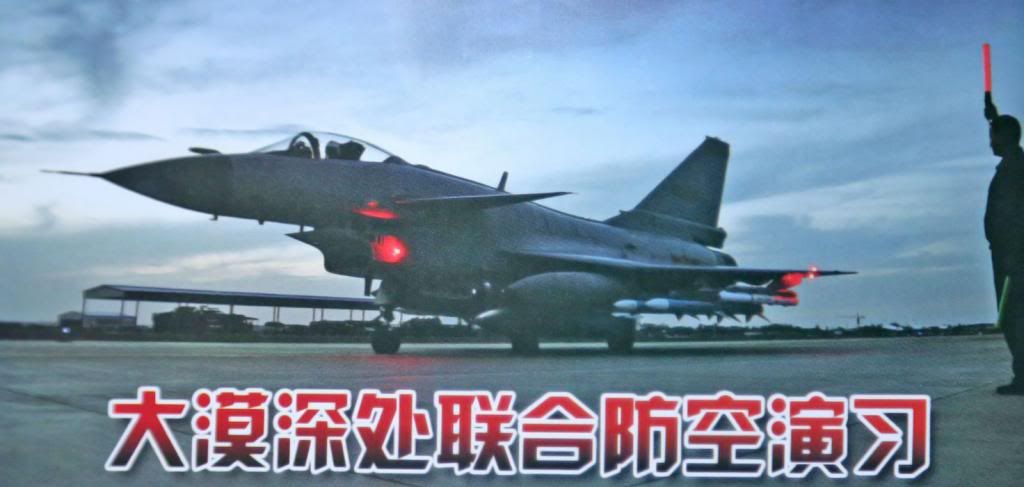plawolf
Lieutenant General
If you want to launch a bvr the smoke will choke your engine. Either it must pushed away before igniting rocket engine or launched far away from intake of the plane. There are examples of planes that had bad experience.
All BVR missiles are dropped launched, meaning they are released to drop away from the launch aircraft before they ignite their own engines.
As I have already pointed out before, the Flanker mounts BVRAAMs under its intakes, so smoke ingestion is clearly not an insurmountable hurdle.






